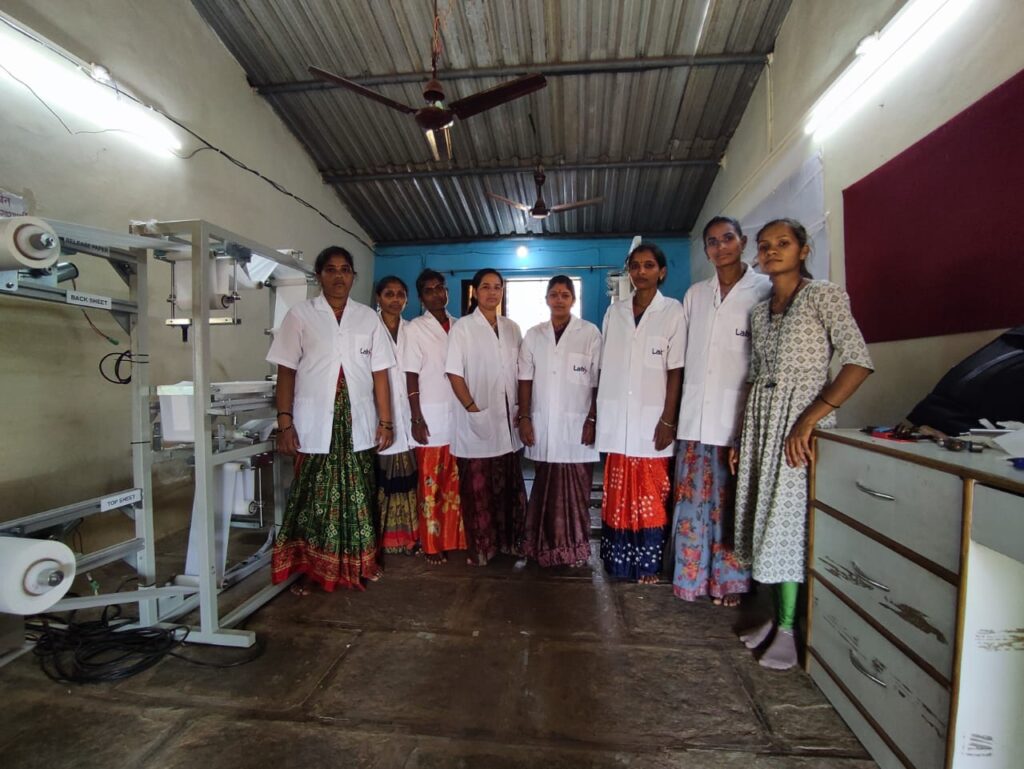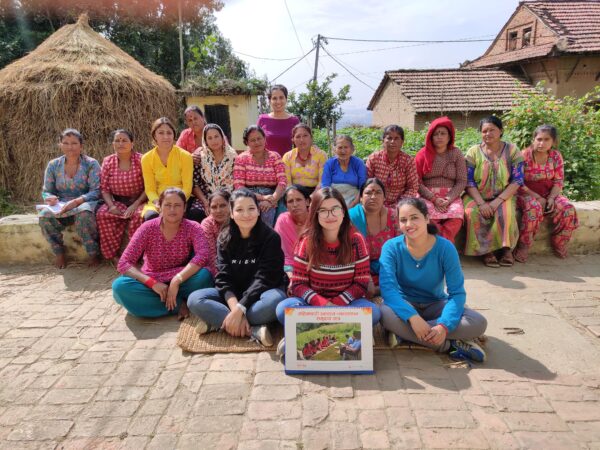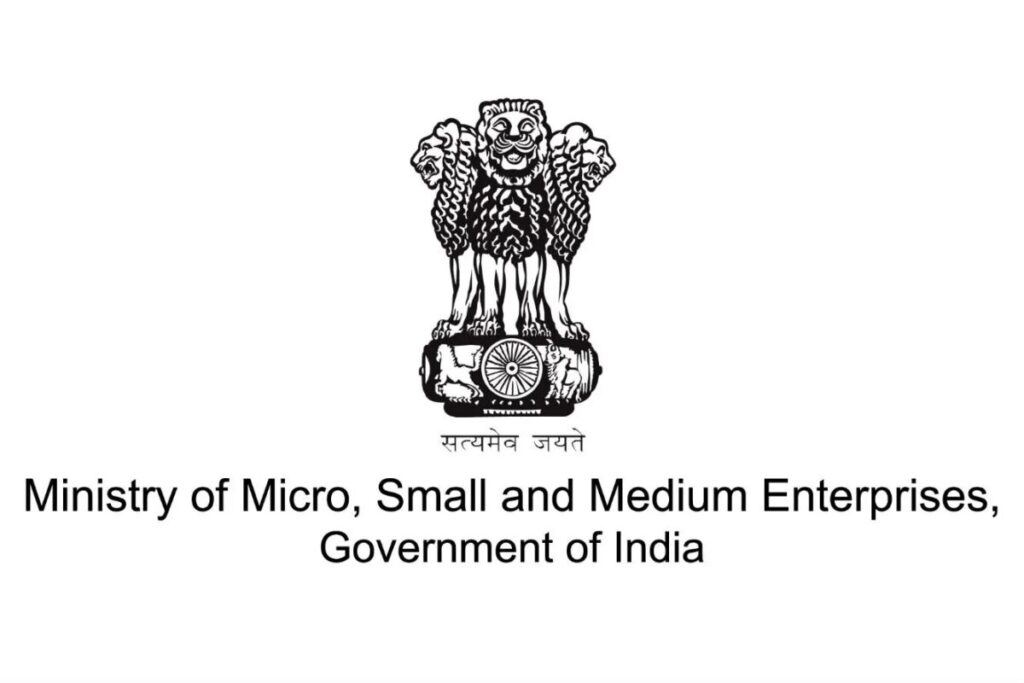Fast-growing Indian and Global markets raising the demand for an increase in Decentralised Sanitary Napkin Manufacturers
The rise in disposable incomes is witnessed worldwide. Feminine Hygiene Products Market size was valued at USD 21.2 Billion in 2022 and is projected to reach USD 33.1 Billion by 2030, growing at a CAGR of 4.9% from 2023 to 2030. Growing female literacy and knowledge of menstrual health and hygiene, rising female disposable income, and women empowerment are all expected to accelerate the growth of the Feminine Hygiene Products Market Globally. A report by Allied Market Research provides a holistic evaluation of the market. The report offers a comprehensive analysis of key segments, trends, drivers, restraints, competitive landscape, and factors that are playing a substantial role in the market.

Based on regional analysis, the North American market accounted for the largest revenue share in 2022. An increasing number of working women in this area and the adoption of disposable and environment-friendly sanitary products are two major factors driving market revenue growth. In addition, growing awareness of cleanliness, personal hygiene, and the necessity of wearing sanitary napkins when menstruating is driving revenue growth in this area. Moreover, rapid improvements in the healthcare sector and the development of environment-friendly and sustainable menstrual products are driving market growth in this region.

The Asia Pacific market is expected to register a steady revenue growth rate during the
forecast period. The number of people in this region who are reaching menarche age is rising along with the population, which is driving up demand for sanitary goods. Customers now choose to buy sanitary items via online distribution channels due to the growth of online retail stores, e-Commerce websites, and online distribution of products from corporate websites. For instance, one of the manufacturers, reports that almost 50% of its purchases come from smaller cities via Internet channels. Through campaigns and efforts, countries in this region are likely to become more aware of the value of Menstrual Hygiene Management (MHM), which is expected to rise demand for feminine hygiene products and, therefore, drive market revenue growth.
The rapid growth of e-commerce is the primary trend in the global feminine hygiene products market. The growing popularity of e-commerce is making it easier for customers to browse and purchase from a wide range of feminine hygiene products available online. This makes the shopping experience easier and allows manufacturers to improve brand visibility and retention. The ability to market and sell these products online opens up new avenues for vendors to expand their business in terms of product availability and accessibility.

The rapid penetration of the Internet will enable vendors to offer a broad range of feminine hygiene products and create a wide customer base for their products. The global feminine hygiene products market has also seen the introduction of a variety of products. Moreover, the advent of the Internet has reduced the time involved in the physical buying and selling of products and services for buyers and sellers. The success of online retail can be attributed to factors such as quick delivery services and the availability of a broad range of products at competitive prices. E-commerce will be the fastest-growing channel for the distribution of feminine hygiene products during the forecast period.
Similarly, Menstrual Health and Hygiene (MHH) activities are considered among the five
core priorities for adolescent girls in UNICEF’s Gender Action Plan. The social stigma associated with menstruation and feminine hygiene products leading to hinder the growth of the market. Needs related to menstruation and hygiene are often overlooked in rural areas, making menstruation an impediment to community participation, education, and working life.

Period poverty affects a minimum of 500 million people every month. For example, of India’s 355 million people who menstruate, only 12% can afford period products. People in developed and developing countries also face period poverty due to social and cultural stigmas, misinformation, and gender discrimination around periods. Right now, 800 million people around the world are menstruating, with many trying to hide the evidence of bleeding or struggling to find sanitary supplies. Secrecy, shame, and stigma burden people who menstruate.
To decrease period poverty, menstrual products need to be made more affordable and accessible. Governments, decision-makers, and educators also need to take menstrual hygiene and education more seriously. Global sanitization and menstrual awareness need to improve overall. Saral Designs manufactures affordable sanitary napkin machines which help solve the problem of cost and non-accessibility of sanitary napkins.
The feminine hygiene market, which includes tampons, sanitary napkins, menstrual cups, and vaginal health products, makes up a significant share of the personal hygiene market worldwide and women’s empowerment is expected to accelerate the growth of the feminine hygiene products market across the globe.
The Europe market is expected to register a moderate revenue growth rate during the forecast period. Increasing initiative by federal organizations in this region is expected to drive demand for feminine hygiene products. For instance, on 15 August 2022, Scotland announced that they are the first in the world to make period product free. Local governments are now required by law to offer free sanitary products, such as tampons and pads, to anybody who requests them. As the Period Products Act takes effect, goods will be supplied through councils and educational institutions, which will cause high demand for feminine products.
The Asia Pacific market stood at USD 11.96 billion in 2020. Asia Pacific is expected to dominate the global feminine hygiene market and grow significantly due to growing hygiene awareness and urbanization in India and China. The growing number of working women in these countries has resulted in higher disposable income that enables women to spend more on their health and body. The development of reusable products is further likely to foster market growth in the region. It provides a cost-effective solution against purchasing new disposable products every time for the next use. For instance, as per the survey conducted by the Scotland Government in May 2020, 42% of the Scotland population uses disposable menstrual items.

Manufacturers are primarily focusing on developing safer and easy-to-use hygiene products. Designing products with softer materials to minimize allergic reactions and rashes and developing sustainable products are important aspects of new product development for players in the market.
The growth in feminine hygiene products is attributed to rising per capita and disposable income due to the rising women’s workforce. Also, with the emergence of low-cost Feminine Hygiene Products Market is witnessing growth. Rising female literacy and awareness of menstrual health and hygiene driving the market growth. Moreover, governments are taking more initiatives to increase awareness about the importance of sanitation and hygiene on health in under-developed and developing countries will have a positive impact and is also a driving factor toward the growth of the market. Several governments and NGOs are taking initiatives to promote the use of feminine hygiene products among the underprivileged and rural women population as well as to manufacture and distribute sanitary pads at affordable costs which is creating a positive outlook for the market.
The increasing focus on getting rid of bad smells has become an important factor among
teenagers and working women which is likely to increase the adoption of deodorizing products. High-income groups majorly explore deodorizing products for further hygiene maintenance. Manufacturers nowadays are focusing on introducing innovative and organic products which are comfortable, scented, and have higher absorption capability. They are also developing unique marketing and promotional strategies which are attracting a larger consumer base.
Through a variety of technical and analytical approaches, international institutions such as the World Bank, strive to better understand and handle menstrual hygiene management (MHM) challenges, increasing discussion about MHM’s significance in the process. The 2030 Sustainable Development Goals (SDGs) of UNICEF place a high priority on menstrual hygiene and health since they are considered to be fundamental rights of women and girls. In addition, several divisions of the World Bank Group have gathered funds to provide individuals with access to health education regarding menstrual cleanliness and health. For instance, with support from World Bank, Global Financing Facility for Women, Children, and Adolescents (GFF), and United Nations Population Fund through Niger Building Institutions and Human Capital Development Policy Financing, the government of Niger has begun making significant changes to educate their women and children.
A program was started by India’s Ministry of Health and Family Welfare to assist rural teenage girls between the ages of 10 and 19 to maintain proper menstrual hygiene. The major objectives of the program are to guarantee safe and responsible disposal of used sanitary napkins as well as to encourage teenage girls; access to and use of high-quality sanitary products in rural areas. Menstrual Health Management (MHM) has been advanced globally through significant partnerships between the World Bank and its member governments, which has had a significant impact on increasing access to both rural and developed sectors of society, causing a high demand for sanitary products all around the world and driving market revenue growth.
References:
https://www.wateraid.org/in/publications/landscape-of-menstrual-products-in-india
https://www.alliedmarketresearch.com/feminine-hygiene-market
https://www.fortunebusinessinsights.com/feminine-hygiene-products-market-103530
https://www.databridgemarketresearch.com/reports/global-menstrual-hygiene-management-market
https://thepadproject.org/fast-facts/
https://www.worldbank.org/en/topic/water/brief/menstrual-health-and-hygiene

Impact created by Saral Design by the Menstrual Health Management Project




